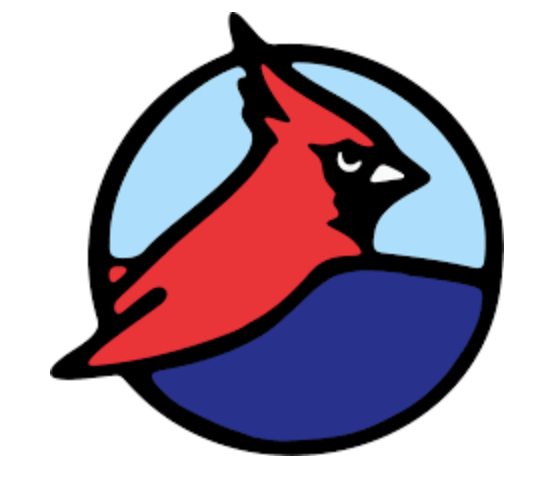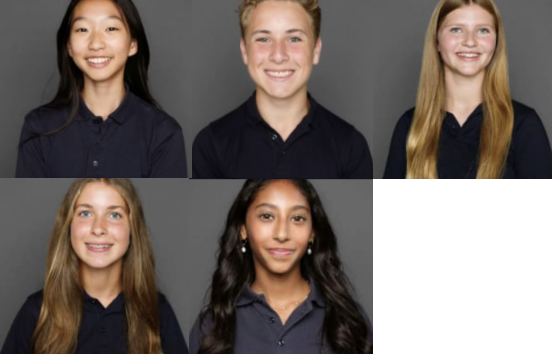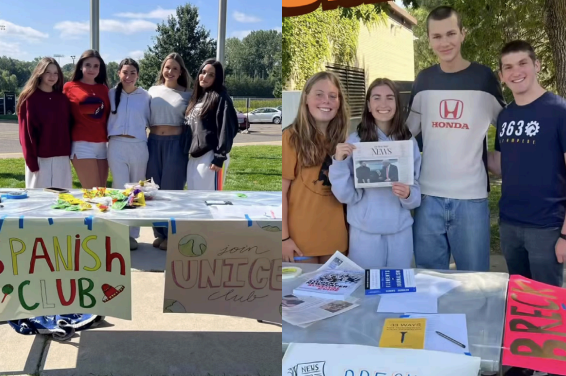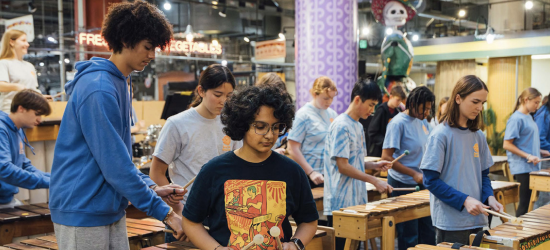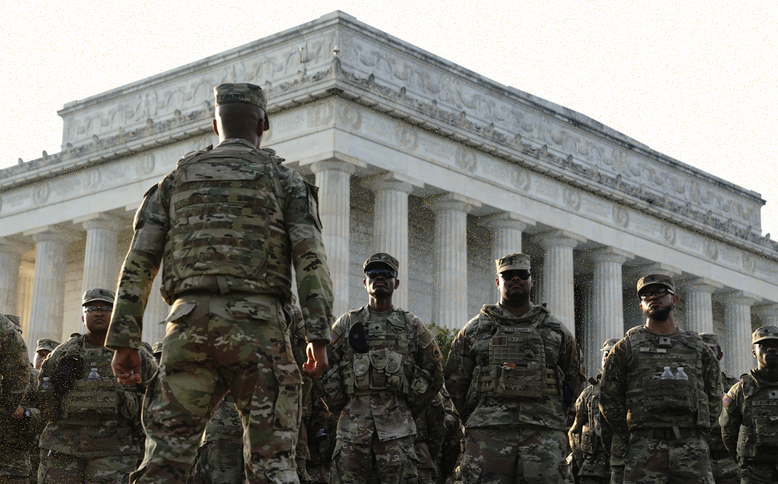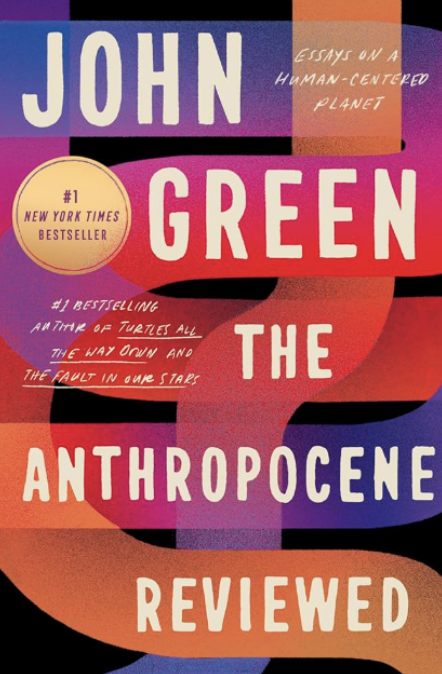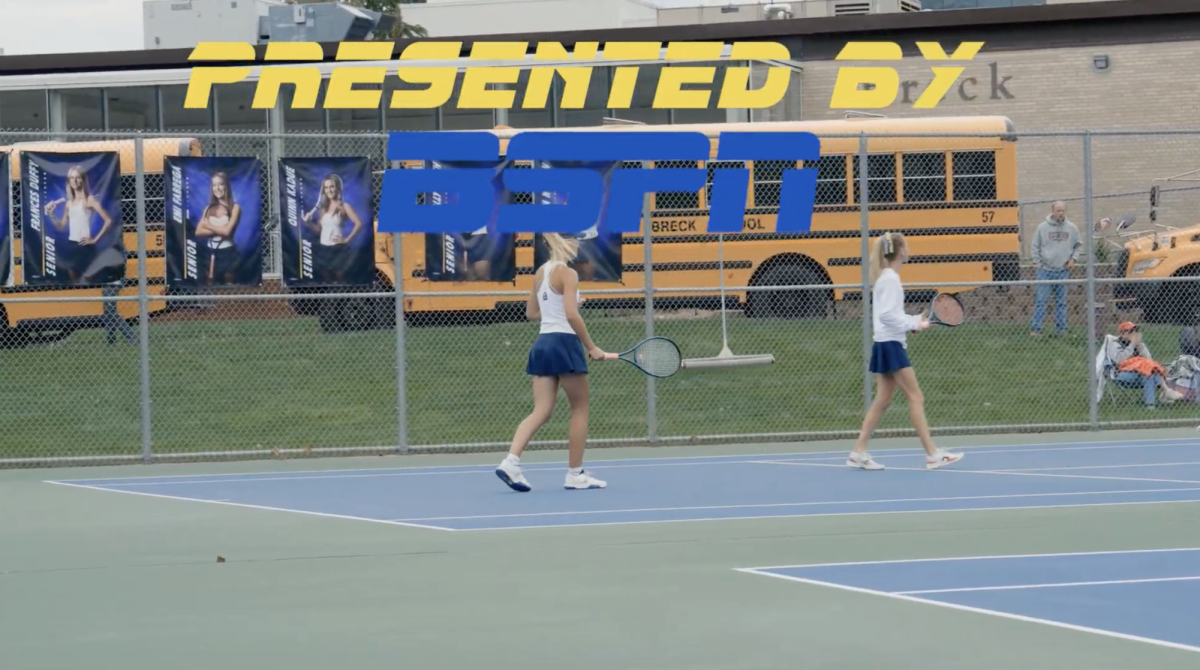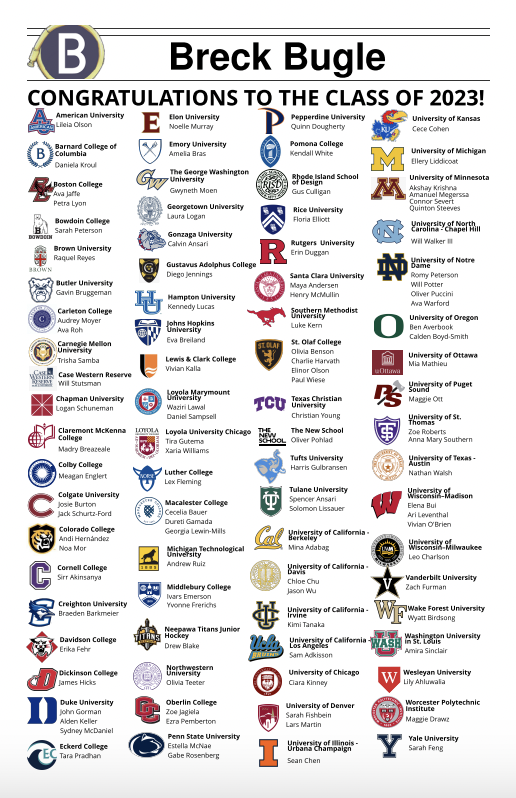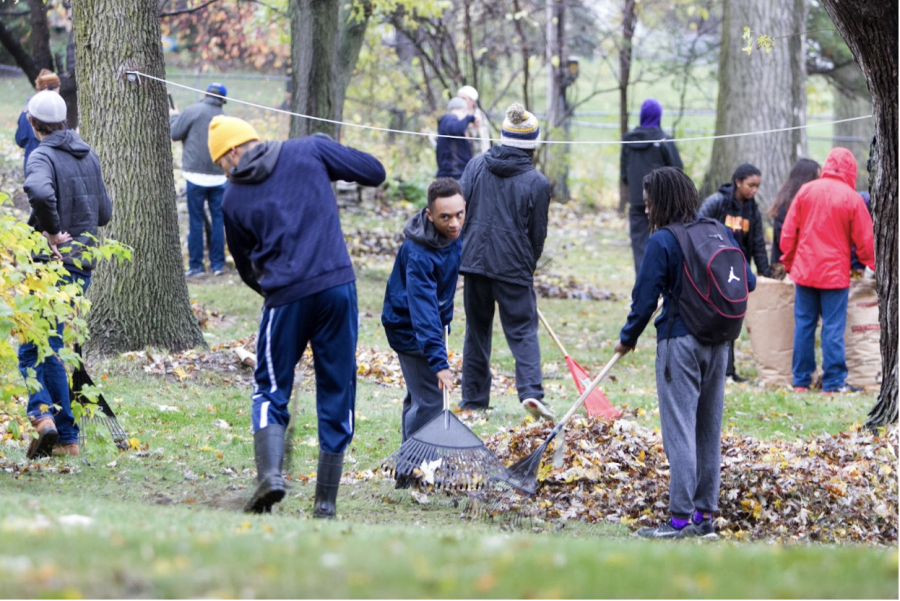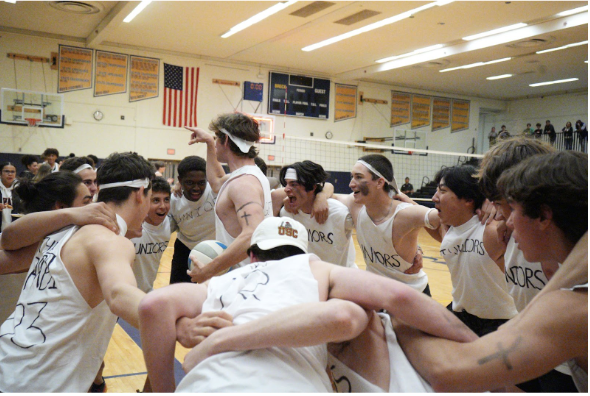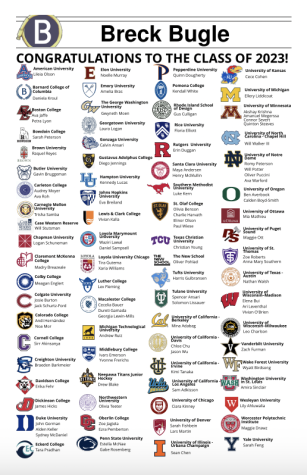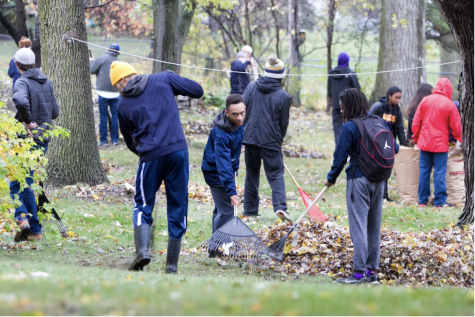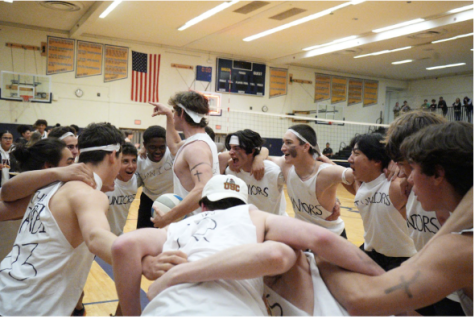Breck Takes Survey; Students Take Umbrage
Recently, Breck completed their partnership between the Peter Clark Center and the University of Minnesota, marking the end of a series of surveys for upper and middle school students. While the end of the surveys came with the end of finals, bringing a sense of relief, many students still did not understand the purpose of the surveys.
In fact, some upper schoolers didn’t know what the survey was about, and some didn’t even take the survey at all. When asked about completing the survey, one student, who wished to remain anonymous replied, “Nope, didn’t do one.” There was a general sense of frustration among the student body at the length and inconvenience of the study, especially as it came close to finals. Students felt that it took too much time, and there was no purpose in doing it. Instead, this survey was actually quite important. According to Dr. Brian Trussell, the head of the science department here at Breck, who helped manage the survey’s execution, the ambiguity was purposeful, as it ensured that bias did not creep into the survey’s results. Now that the study is over, the goals and purposes can be shared. The study hypothesized that the portion of the survey that was a lesson about the brain, creativity, and stress, which caused some consternation due to its length, would cause students to have less stress, and more creativity.

The study and surveys have been in the works for a very long time, and are part of Alexander Blissenbach’s PhD dissertation, a project that culminates in what could be a 150-page paper. Although the surveys only took Breck students a couple of weeks to complete, the research has been taking place for years, and Blissenbach has poured over hundreds of academic papers in order to create a study that is at the cutting edge of current knowledge in neuroscience. Blissenbach’s dissertation will consider the intersection between creativity, or the ability to create unique solutions; stress management, which is somebody’s strategies and methods for managing stress; and their actual perception of stress; and hoped to find connections between these three things.
This is important because it could give faculty more insights into Breck students’ stress levels, as well as their methods of dealing with stress. They could use this information to inform their teaching and make the school better, and even less stressful. As the data is broken down by grade, faculty can also use the information to give insights on how stress changes over time and for different grades. The timing of the survey is also important, as most students in the upper school have undergone significant changes in their schedules, the way they learn, and their social life following the COVID pandemic and lockdown. The survey may reflect changes in regard to student stress management and creativity in managing stress that occurred during and after the pandemic.
Participation in a study of this nature is also helpful as it allows Breck to form connections with researchers at the University of Minnesota. If Breck shows itself as a reliable and stable partner for the U of M, this could provide the opportunity for science research students to learn from some of the top people in their field at the University, or possibly in the world. Even if the researcher doesn’t end up partnering with a Breck student, they could still have a friend in a different department who could be willing to take on an intern. The U of M might also be more inclined to partner with Breck in the future.
